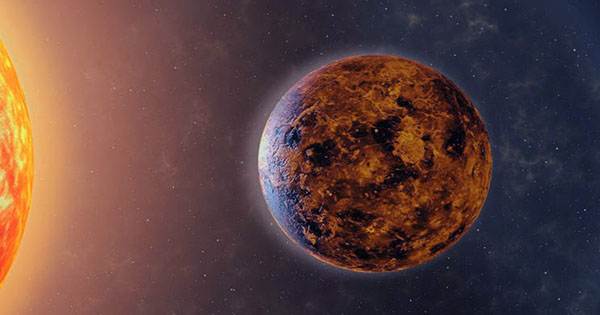In 2025, China plans to test a kinetic impactor device to modify the trajectory of an oncoming asteroid. The impactor system will feature a high-speed spacecraft that can divert the asteroid onto a new direction in the development of a planetary defense system to guard against asteroids with the potential to harm Earth. Wu Yanhua, deputy director of the China National Space Administration (CNSA), made the news in a statement to China Central Television.
According to Wu Yanhua, the defensive system will also contain an early warning system, which will contribute to humanity’s security. He went on to say, “We must begin to improve the creation of a ground-based and space-based monitoring and early warning system for asteroids.”
“Not only do we need to catalog, but we also need to examine which ones are significant and make judgements in this way.” The second step is to research and investigate associated technologies and initiatives. In order to determine if these dangers can be eliminated, we must do technical research.” The mission is expected to take place around the end of China’s “five-year plan,” in 2025 or 2026. According to Global Times, it is now being reviewed and is awaiting clearance.

Because a massive asteroid impact is one of the few absolute hazards to civilization, asteroid defense has become a frequent discussion point for several national space organizations. While nuclear missiles have been suggested as a possible response to a huge object on a potentially dangerous trajectory, this would be a last choice, and a kinetic impactor would not cause the same fragmentation as a nuclear missile.
After launching the Double Asteroid Redirection Test (DART) in November 2021, NASA is already developing a kinetic impactor. The multimillion-dollar spacecraft will collide into the asteroid moonlet Dimorphos in an effort to modify its orbit in September of this year, escorted by an Italian satellite that will photograph the historic event.
The test varies from China’s in that Dimporphos is not on a potentially dangerous trajectory, but China’s asteroid will have a very small possibility of colliding with Earth. In a statement to Nature, Andy Rivkin, a planetary scientist at the Johns Hopkins University Applied Physics Laboratory, which created the spacecraft for NASA, said, “The odds of anything huge enough to be a concern, that we would have to deflect, are relatively small in our lifetimes.”
“However, your number may come up when you least expect it, so having an insurance coverage is a wise idea.” In addition to the early warning system, China will extend its existing asteroid tracking system. With so much research being done by different countries to avert asteroid strikes, mankind should be able to relax with one less existential threat to worry about.
















